The shechita knife, oftentimes referred to as a chalif ( chalef / chalof ) or sakin, is a specially designed and custom made tool. Its design, maintenance, and use help the shochet avoid performing one of the hamisha poslei shechita (5 disqualifying acts). If you don’t know about the hamisha poslei shechita you will need to read our post on them to fully understand this atricle.
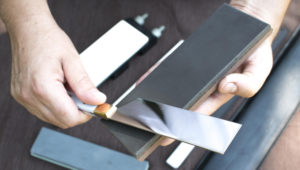
Knife Design
Each kosher knife is designed to be at at least twice the length of the neck of the animal being slaughtered. This ensures that a slaughterer has sufficient space to perform a sawing motion during the cut. Otherwise one might chop down on the neck of the animal, disqualifying the cut through drasah. In accordance with this custom, in our shop we’ve labeled every knife according to the animal which it is most suitable for. Additionally, the end of every slaughter knife is squared to help avoid stabbing into the neck of an animal (haladah). Pictured below is our Beginner’s Poultry Knife and Professional Shechita Knives for poultry, sheep, and cattle.
Sharpening and Maintanance
Another notable difference found in kosher slaughter knives is that they rarely come with any kind of edge. Rather, the shochet puts an edge on the knife by hand. This ensures that the knife is ultra sharp and conforms to the sharpening angles of the individual. As such, all of our knives come with a simple machine or no edge and must have a hand set edge placed on the knife before use. This is something that the shochet normally does themselves, though we do offer it as a service for an added fee with all of our knives.*
Setting the initial edge and all subsequent maintanance is performed by using a number of progressively smoother wet sharpening stones. This involves a ~250 grit stone, a 1000 grit stone, a 6000-8000 grit polishing stone, and sometimes also natural finishing stones. Sets which include all these stones as well as flattening and cleaning stones for maintanance can be found in our shop.
Along with meticulous sharpening, shechita knives must be regularly checked for smoothness. This ensures that the shochet doesn’t tear the neck and disqualify the cut through ikkur (tearing). After each sharpening and between animals shochtim carefully check the knife for nicks and roughness by running their fingernails up and down the edge of the knife. Suffice it to say that this is a dangerous endeavor which must be undertaken with great care and prior training.
- Shechita Knife Sharpening
- Checking the Shechita Knife
Purchasing a Shechita Knife
If you’re looking to buy a chalif for the first time, you should probably start out by practicing on one of our Beginner’s Shechita Knife. Once you’ve perfected your sharpening skills, we recommend that you purchase a Proffesional Shechita Knife. Finding kosher slaughter knives in the United States used to be hard, but today you can find just about any style of knife you’d like in our shop.
*Shochtim performing proper kosher slaughter should put the edges on their own knives. If you’ve not been trained sufficiently to do this on your own you should pursue shechita training in the area.
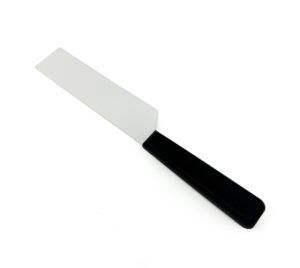
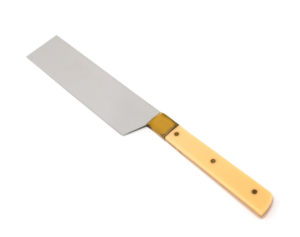
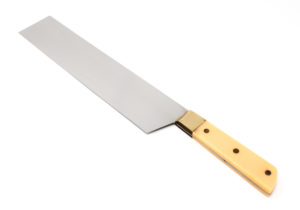
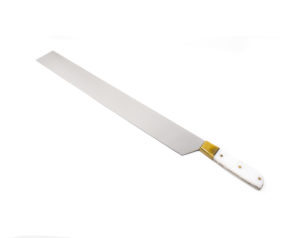
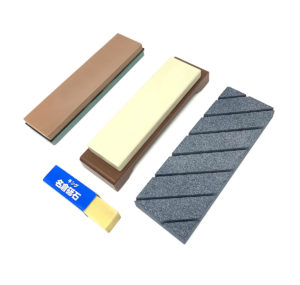
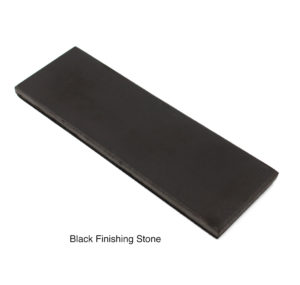
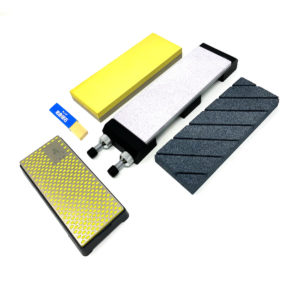
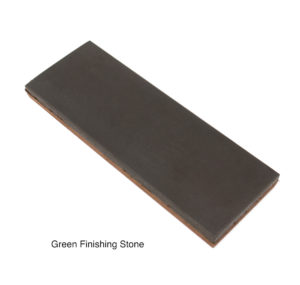
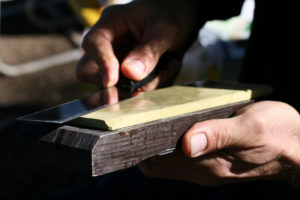
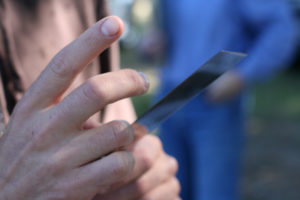
What edge is on shechita knife?
There’s two primary approaches. Two equal low edges of ~11.25°, or one low edge of ~11.25° and one high edge of ~22.5°.